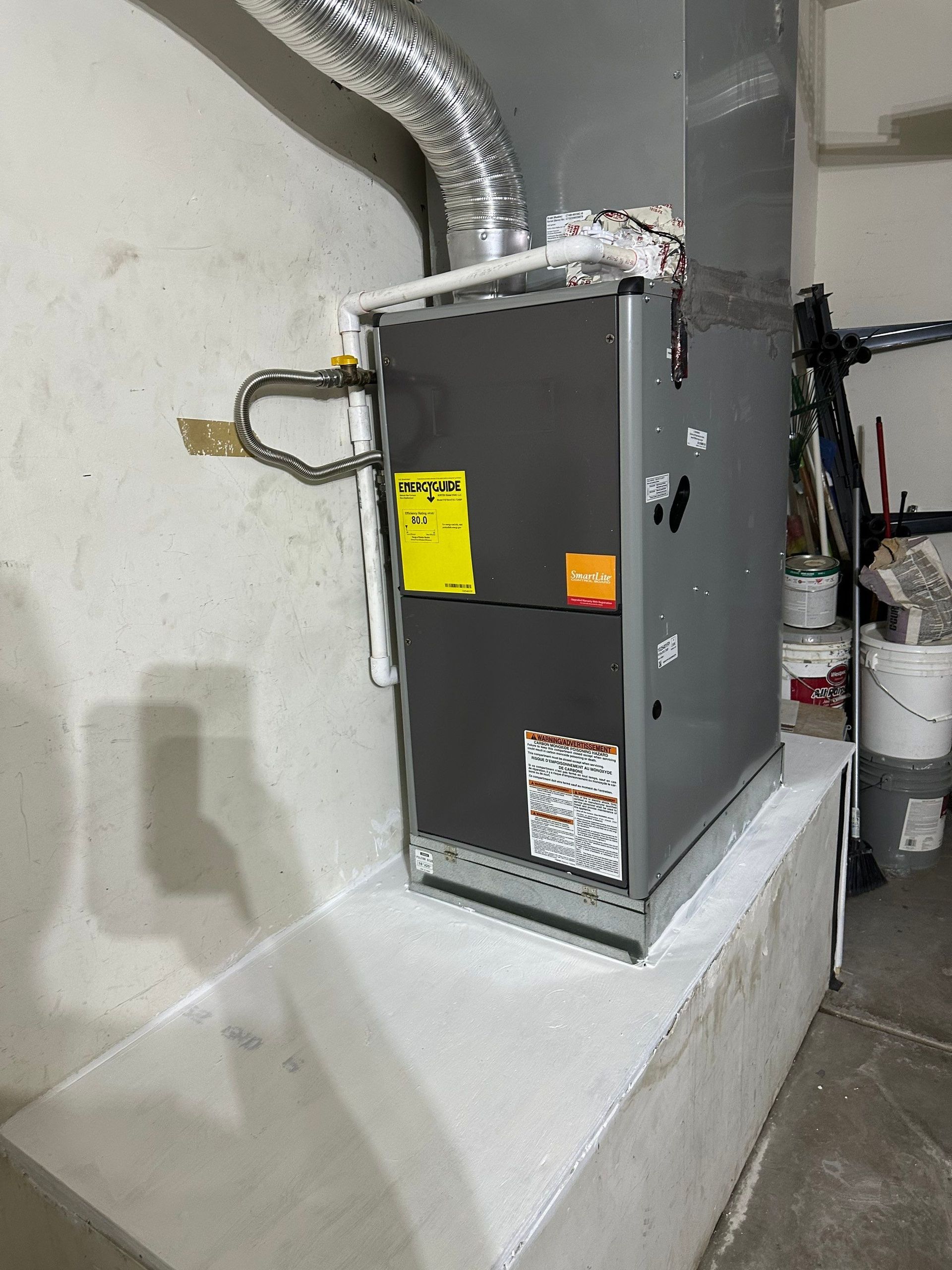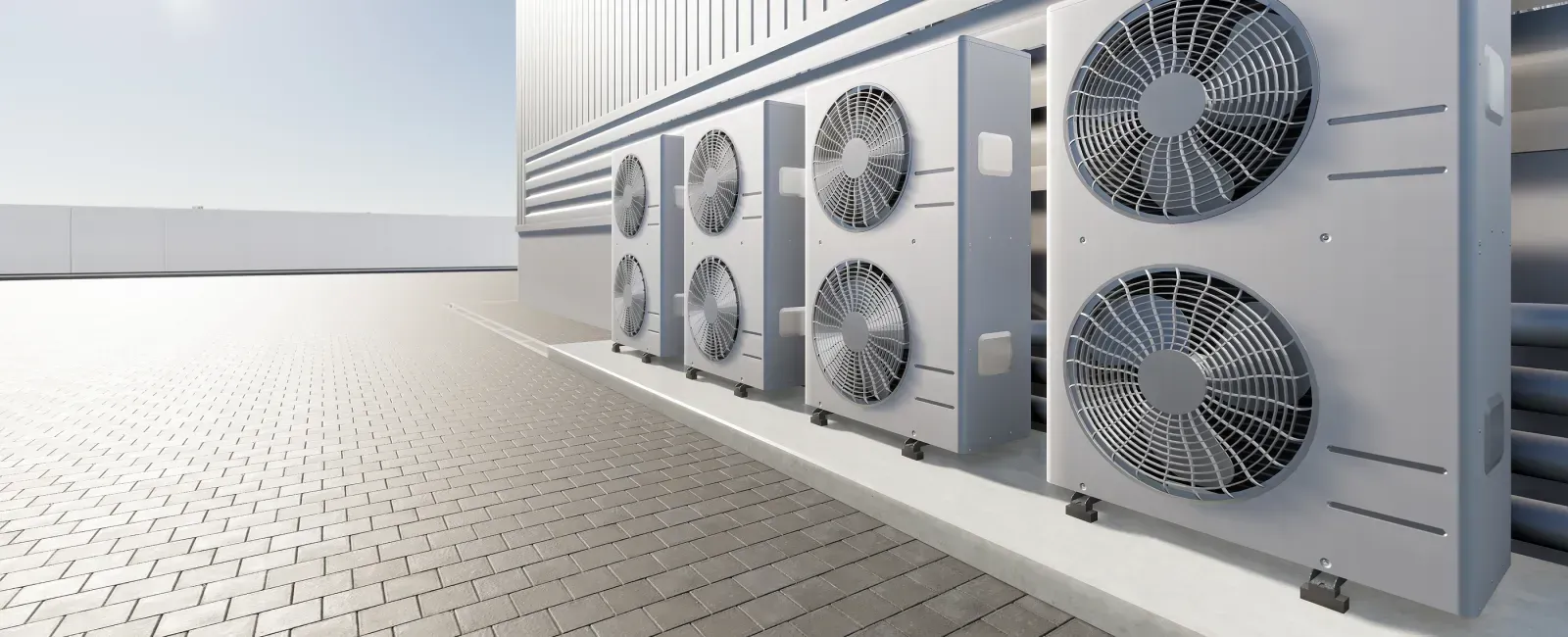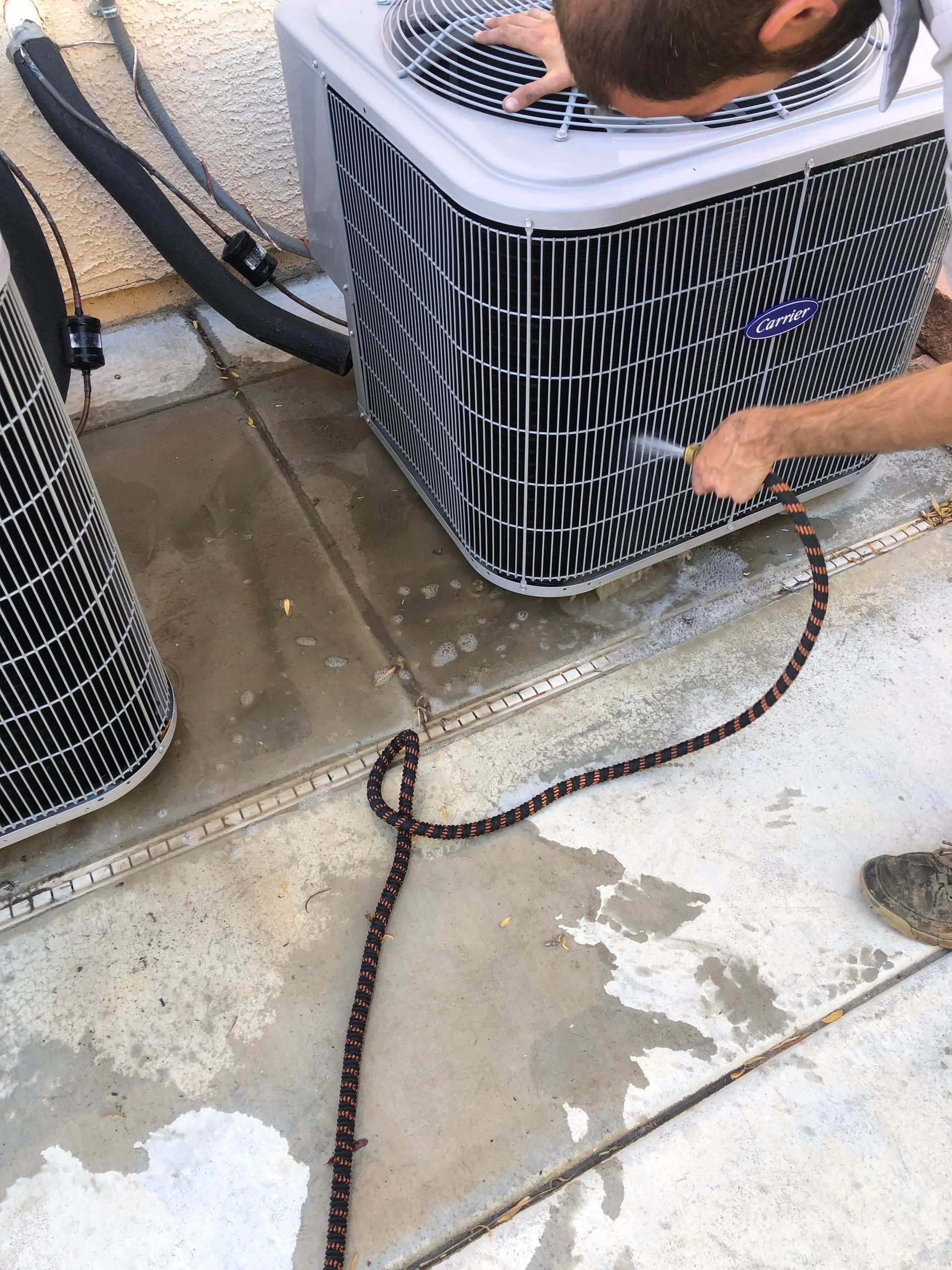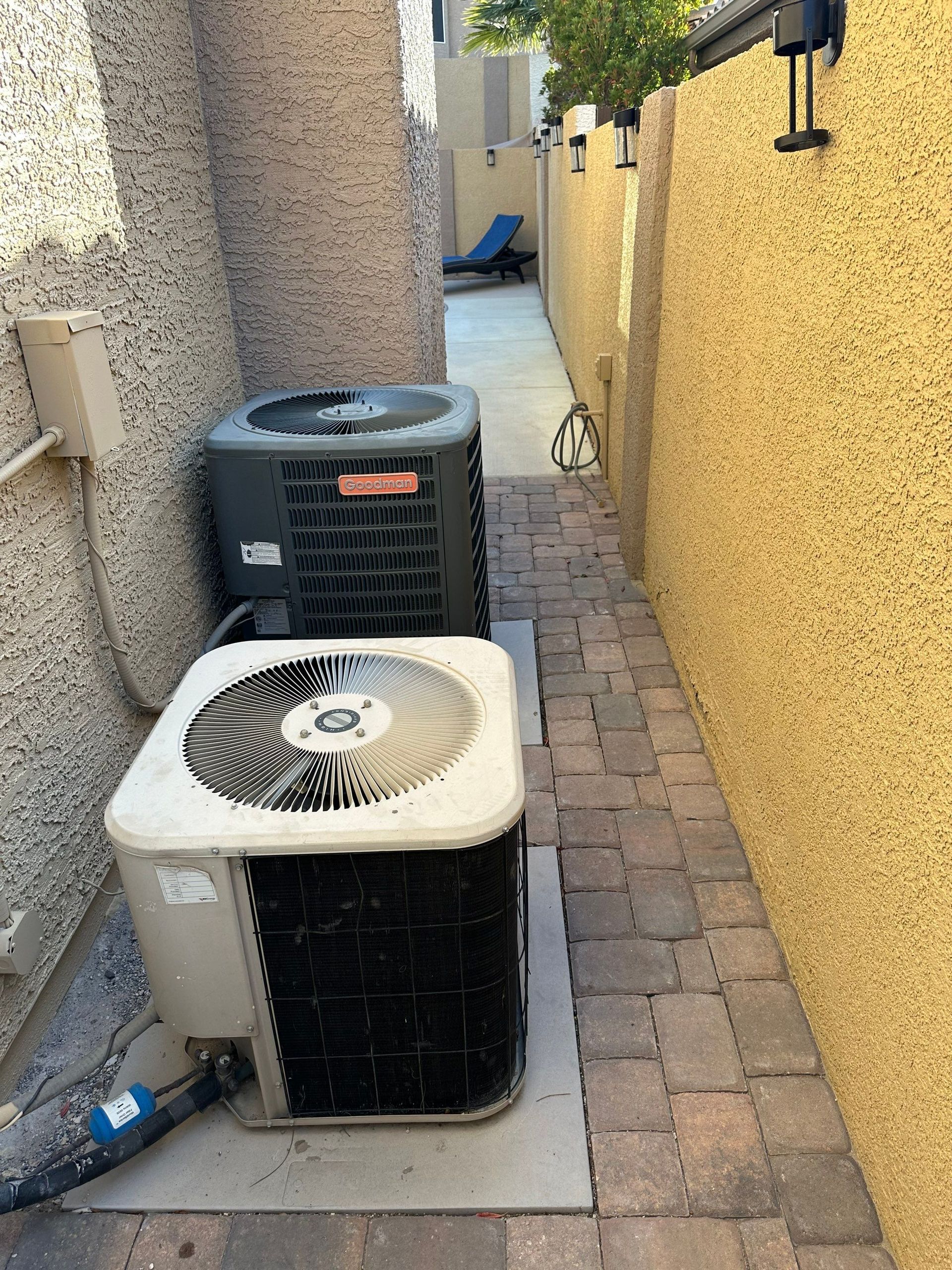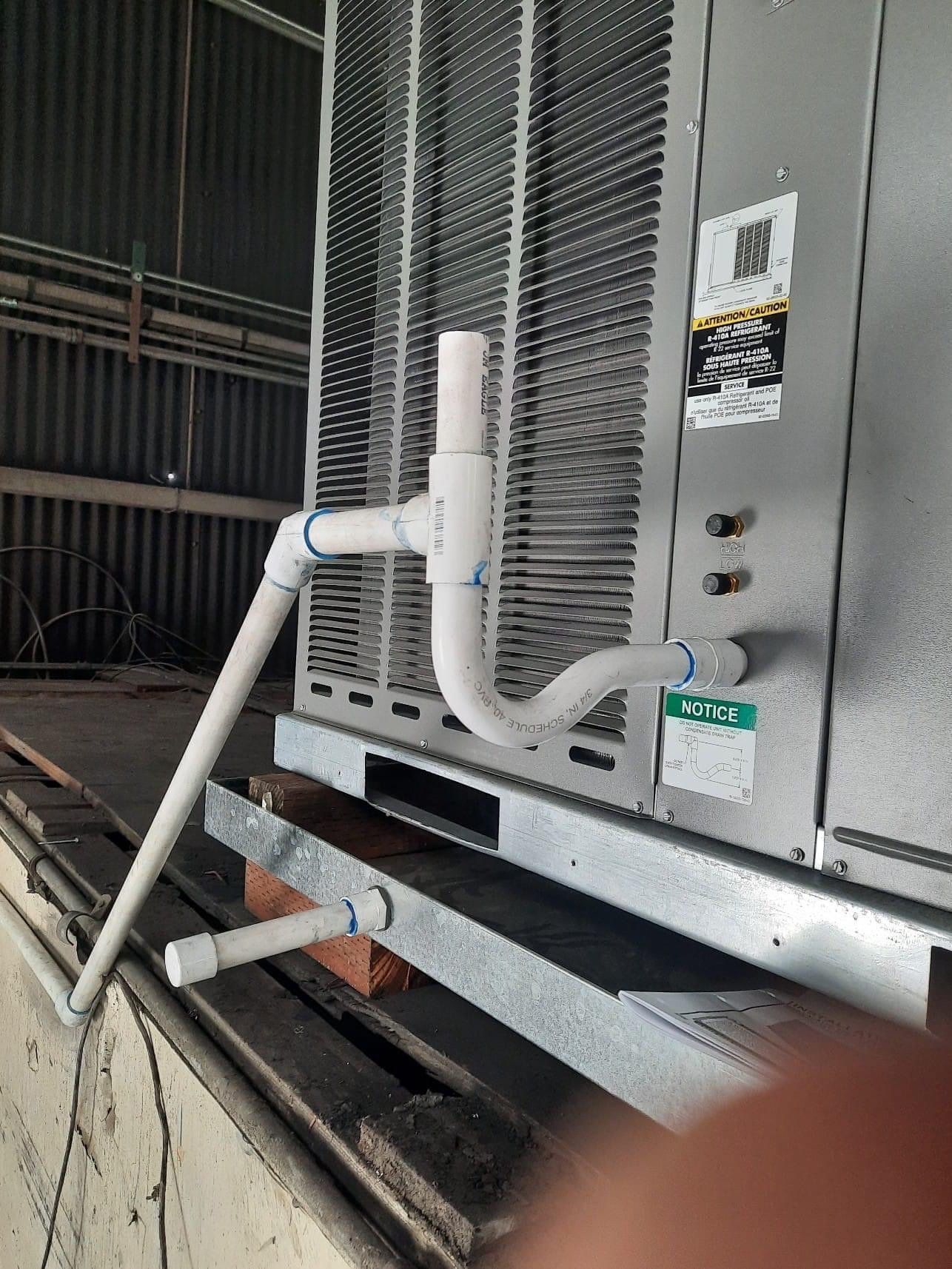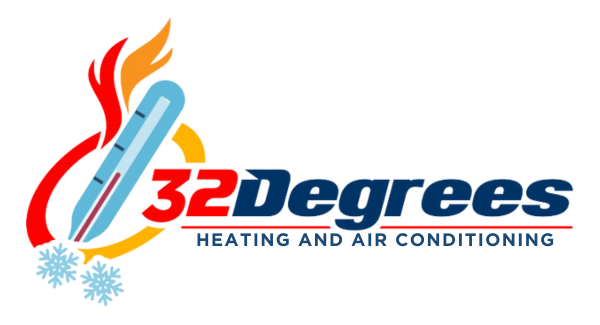What is a TXV (Thermostatic Expansion Valve), and Why Is It Critical for Your HVAC System?
If you’ve ever had an HVAC technician mention the TXV in your system, you might have wondered, “What is that, and why does it matter?” The thermostatic expansion valve (TXV) is a small but essential part of your air conditioning and heat pump system. It plays a major role in keeping your home comfortable by managing the flow of refrigerant. Let’s break it down and explore why this component is so important.
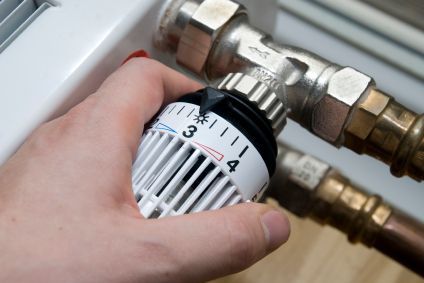
What Does a TXV Do?
In simple terms, the TXV controls how much refrigerant flows into your HVAC system’s evaporator coil. Refrigerant is the substance that absorbs heat from your home’s air and cools it down. Too much or too little refrigerant can throw the whole process off, making your system less efficient or even causing damage over time.
The TXV acts as a gatekeeper. It adjusts the flow of refrigerant based on the cooling demand, ensuring the right balance at all times. This helps your system maintain consistent performance, no matter the weather or how much cooling your home needs at a given moment.
How Does a TXV Work?
The thermostatic expansion valve is a mechanical device that reacts to changes in temperature and pressure. It’s located between the condenser coil and the evaporator coil in your system.
Here’s how it works:
- Warm refrigerant leaves the condenser coil as a high-pressure liquid.
- The TXV senses the temperature and pressure of the refrigerant and determines how much should enter the evaporator coil.
- As refrigerant passes through the TXV, it expands into a low-pressure gas and absorbs heat from your indoor air through the evaporator coil.
This process is precise and automatic. The TXV constantly adjusts to ensure the refrigerant flow matches the cooling demand, preventing inefficiencies and keeping your home comfortable.
Why Is a TXV Critical for Your HVAC System?
The TXV is more than just a regulator—it’s a performance booster for your HVAC system. Here’s why it’s critical:
- Energy Efficiency:
By precisely controlling the refrigerant flow, the TXV helps your system run more efficiently. Instead of flooding the evaporator coil with too much refrigerant or starving it with too little, the TXV ensures just the right amount is used. This reduces energy waste and keeps your cooling bills in check. - System Longevity:
Too much refrigerant can lead to an overworked compressor, while too little can cause the evaporator coil to freeze. Both scenarios put unnecessary strain on your system and can lead to costly repairs. The TXV protects your system by maintaining the proper balance, extending its lifespan. - Consistent Comfort:
Without a TXV, your system might struggle to maintain a steady indoor temperature, especially during extreme weather. The TXV adapts to changes in cooling demand, keeping your home comfortable no matter what’s happening outside. - Better Performance in High Efficiency Systems:
Modern HVAC systems are designed for energy efficiency and performance, and many rely on TXVs to optimize their operation. If you have a high SEER (Seasonal Energy Efficiency Ratio) system, the TXV is likely a key component ensuring it runs as intended.
Signs of a Faulty TXV
Like any mechanical part, the TXV can wear out or fail over time. If your TXV isn’t working correctly, your HVAC system won’t perform at its best. Here are some common signs of a faulty TXV:
- Inconsistent Cooling: Uneven temperatures or warm air blowing from your vents could mean the TXV isn’t regulating refrigerant flow properly.
- High Energy Bills: If your system is overworking due to a TXV issue, you might notice a spike in energy costs.
- Frost on the Evaporator Coil: A malfunctioning TXV can cause too little refrigerant to flow, leading to coil freezing.
- Unusual Noises: Hissing or bubbling sounds near the TXV could indicate a problem with refrigerant flow.
If you notice any of these issues, it’s time to call an HVAC technician for an inspection.
Maintaining Your TXV
The TXV doesn’t require regular maintenance from homeowners, but ensuring your HVAC system is serviced annually can help keep it in good condition. During a tune-up, technicians will check the refrigerant levels, inspect the TXV for wear or damage, and ensure your system is running efficiently.
If your system is older or showing signs of inefficiency, upgrading to a modern unit with a TXV can make a big difference. Not only will it improve your comfort, but it can also save you money in the long run.
The Bottom Line
The TXV might not be the most talked-about part of your HVAC system, but it’s one of the most important. By regulating refrigerant flow, it ensures energy efficiency, system longevity, and consistent comfort in your home.
If you suspect an issue with your TXV or want to learn more about how it helps your system run smoothly, give us a call. Whether it’s maintenance, repair, or an upgrade, we’re here to make sure your HVAC system is working its best so you can stay comfortable year-round.
Ready to work with 32 Degrees Heating and Air Conditioning?
Let's connect! We’re here to help. Send us a message and we’ll be in touch. Or give us a call today at 725-720-2912
Agency Contact Form
Our Blogs...
32 Degrees HVAC Solutions

